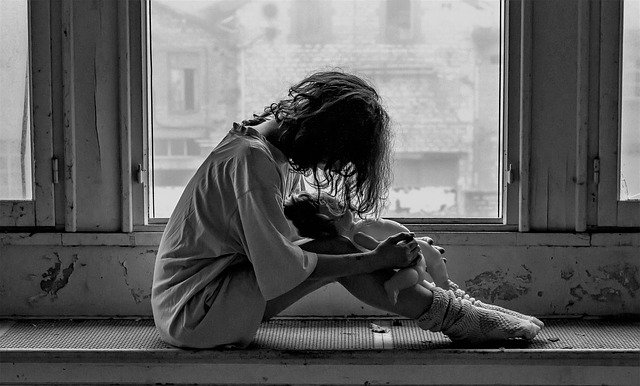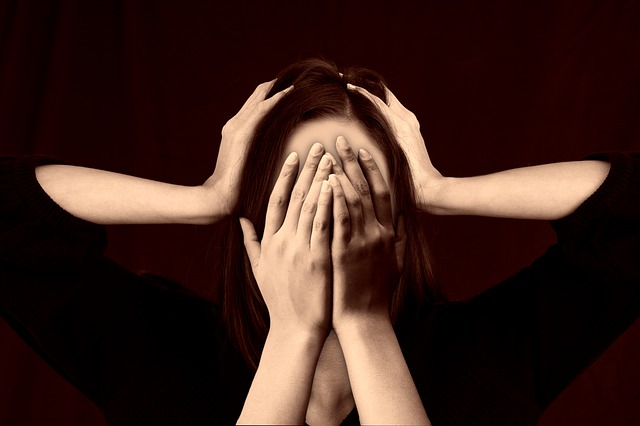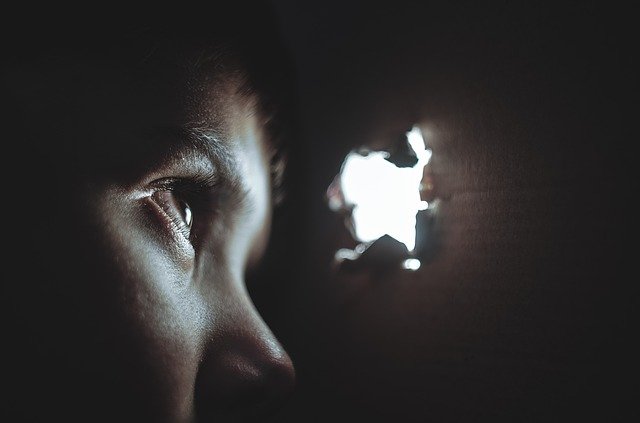Domestic violence
Domestic violence is complex, ubiquitous and not a private matter. But what exactly is domestic violence? What can you do if you experience or witness domestic violence? When does domestic violence begin and what are its consequences for those affected?
What is domestic violence?
There’s no universally accepted definition of the term domestic violence. The definition of domestic violence in the context of criminal law is not necessarily identical to the definition in cantonal police law. The definition used by the umbrella organisation of women’s shelters in Switzerland and Liechtenstein is based on the Council of Europe Convention on preventing and combating violence against women and domestic violence (Istanbul Convention).
Domestic violence refers to acts of physical, psychological, social, economic or sexualised violence that occur within the family, domestic unit or between spouses or partners. The term domestic violence is also used if the family/couple is already separated, the relationship has already ended or if violence has so far been threatened only. Domestic violence can be unilateral or mutual. It can also manifest itself in individual, occasionally occurring conflict situations or in systematically violent and controlling behaviour.
Although domestic violence can take many guises, some typical characteristics include:
- The acts of violence usually take place in the victim’s own home, which they consider safe and secure.
- The victim of violence and person committing the violent act are linked by an emotional relationship that usually lasts beyond the separation/divorce.
- A power imbalance exists that is exploited.
Domestic violence takes many different shapes and these may occur individually or together. Some manifestations of domestic violence include:
What to do in the case of domestic violence?
If you and your children experience violence
- If you feel threatened or are in acute danger, call the police (tel. 117). It’s the police’s job to provide assistance and protection.
- Seek out professional support:
- Contact a women’s shelter in your region if you need protection, a place to stay and counselling. Click here for a list of all women’s shelters.
- Contact a victim counselling centre in your region if you need counselling. Click here for a list of all victim counselling centres.
- Gather evidence such as messages, photos and medical certificates. These are helpful in the event of criminal and/or civil proceedings.
- Bring an emergency bag with personal items for you and your children (clothing, medication, passport/residence permit, money, bank and health insurance cards, vaccination records for your children, marriage and birth certificates, personal items of value, etc.) to a safe location.
- Confide in a person close to you who will support you, take you seriously and is able obtain help in an emergency.
If someone you know is experiencing violence
- If the person is in acute danger, notify the police (tel. 117).
- Talk to the victim if you find them alone. Be understanding, patient and compassionate.
- Contact a specialist support centre to find out which support services are available. The specialists there will have the information you need and will relieve some of the burden. Click here for a list of all victim counselling centres.
- Refer the victim to the services offered by the victim counselling centres and women’s shelters. Offer to help her get in touch with them. Click here for a list of all victim counselling centres and here for a list of all women’s shelters.
- Tell the victim that domestic violence is illegal in Switzerland. Laws are in place that protect victims.
- Protect the victim and yourself by not leaving any trace of the support (addresses, phone numbers, etc.).
If someone you know is committing acts of violence
- Confront the person about their violent behaviour without judging them.
- Show moral courage, but do not put yourself in danger.
- Refer the person to one of the specialist centres that works with perpetrators of violence. Click here for a list of support centres.
When does domestic violence begin?
Domestic violence usually begins gradually and subtly, with insults, psychological pressure, control and contact restrictions. That makes it hard at first for victims to identify it as domestic violence.
Acts of violence in the domestic sphere often follow a sequence of phases that alternate and repeat themselves over and over again. That is referred to as a spiral or cycle of violence. The spiral of violence has three phases:
- Tension-building: This phase involves insults, humiliation, abuse, control and restrictions. The victim tries to avoid the conflict situations. They ignore their own needs and their fear, sadness and anger, and focus their attention on the person committing the acts of violence.
- Outburst of violence: The violence escalates, resulting in threats, beatings, slaps, intimidation, etc. People affected by violence respond differently to the violence they experience: they flee or defend themselves or endure the violence. Sometimes, they end up in a state of shock that can last for hours or days. Some manage to get help and/or press charges.
- Apologies and excuses: Perpetrators of violence apologise for their behaviour, give the victim gifts and make promises. They look for excuses that explain the violent outbreak and might blame it on the victim or external circumstances. This phase can also involve a reconciliation in which the victims drop the charges, decides against a separation or leaves the women’s shelter and returns home.
Without professional external help, there is a great risk that the tension phase will start again and that the spiral of violence will repeat itself. Since the spiral usually spins faster and faster, it is very important that this spiral of violence is recognised and that both the perpetrator and the victim receive adequate help in order to break this pattern.
How and why does domestic violence occur?
Domestic violence cannot be traced back to a single cause. Instead, it is a combination of various factors that influence one another and can be found at the individual, relationship, communal and societal level.
Own representation, based on the Federal Office for Gender Equality (FOGE) (2020). Basics – causes, risk and protection factors of violence in couple relationships. Bern: FOGE (German only).
Individual:
- Anti-social behaviour, stress and no methods for non-violent stress management
- Experiences as a victim and/or witness to violence during childhood
- Delinquency
- Alcohol/drug use, etc.
Relationship:
- Power imbalance
- Dominating and controlling behaviour
- Uncontrollable jealousy
- Build-up of unresolved conflicts and lack of conflict resolution strategy
Community:
- Social isolation of the couple
- Lack of social support for those affected
- Social environment that approves of and tolerates violence
Society:
- Rigid role models, stereotypical views of masculinity and femininity
- Lack of equality between women and men in individual areas of society
- Tolerance and trivialisation of domestic violence
- Acceptance of violence as a means of conflict resolution
Due to the interaction of these various factors, no simple cause-and-effect model can be used to explain domestic violence. Just because someone experienced violence during childhood does not necessarily mean that they will reproduce this violent behaviour later in life.
What are the consequences of domestic violence on those affected?
The effects of domestic violence are diverse and manifest themselves both immediately and in the medium to long term.
Some consequences at the physical level include visible injuries (such as a black eye, bruises, contusions, broken bones and scratches) and invisible injuries (such as internal bleeding or concussion). Domestic violence can also result in headaches, stomach and back pain and increased drug and alcohol consumption.
Other possible repercussions of domestic violence include psychological impairment (sleeping disorders, nightmares, etc.), poor concentration and performance, and feelings of anxiety.
In the medium to long term, various types of (psycho)somatic and psychological stress can set in, including gastrointestinal complaints, pain syndromes, gynaecological complaints, eating disorders, depression, anxiety, suicidal tendencies and post-traumatic stress. The latter typically sees the victim reliving the experiences, possibly in the form of flashbacks and nightmares, and avoidance tactics.
At the (psycho-)social level, domestic violence can trigger feelings of guilt and shame and reduce the victim’s self-esteem; this may be accompanied by social withdrawal. Domestic violence can also result in forced social isolation.
The financial consequences of domestic violence include forced financial dependency (if the victim is forbidden from working or has no control of money) and the financial difficulties that may arise in the event of a separation.
Additionally, the current provisions of immigration law mean that migrants who have a residence permit based on family reunification must worry about losing their residence permit if they separate and for this reason stay with their partner.
Given the potentially serious consequences of violence, it’s important that you do not remain isolated but seek support.
Click here for information on how domestic violence affects children.












